Owning a firearm is a serious responsibility that requires a thorough understanding of firearm safety. Whether you are a seasoned gun owner or considering purchasing your first firearm, it is essential to prioritize safety and responsible ownership. In this blog post, we will delve into the fundamentals of firearm safety, discussing the essential lessons that every responsible gun owner should know. By following these principles, you can ensure the well-being of yourself, those around you, and maintain a positive image for gun owners as a whole.
Always Treat Every Firearm as if it is Loaded
One of the fundamental rules of firearm safety is to treat every firearm as if it is loaded, even if you believe it is unloaded. This mindset ensures that you handle firearms with the utmost care and caution at all times. By following this rule, you will avoid any accidental discharges and maintain a high level of safety.
When handling a firearm, keep your finger off the trigger until you are ready to shoot. Point the firearm in a safe direction, away from yourself and others. Never point it at anything you do not intend to shoot. These simple but vital practices form the foundation of responsible firearm handling.
Store Firearms Securely
Proper firearm storage is crucial to prevent unauthorized access and accidents. When not in use, firearms should be stored securely in a locked container, such as a gun safe or lockbox. Ensure that ammunition is stored separately from firearms to minimize any potential risks.
Additionally, consider implementing additional safety measures, such as trigger locks or cable locks, to provide an extra layer of security. By securing your firearms when not in use, you reduce the chances of accidents, theft, or access by unauthorized individuals, especially children.
Educate Yourself and Others
Responsible gun ownership involves continuous education and training. Familiarize yourself with the specific operation, features, and safety mechanisms of your firearm. Read the manufacturer’s manual and seek professional training from certified firearm instructors who can teach you proper handling techniques and reinforce safety protocols.
Furthermore, it is essential to educate others who may come into contact with firearms. Teach family members, especially children, about the dangers of firearms and the importance of never touching them without proper supervision. Promote open discussions about firearm safety, emphasizing the importance of responsible gun ownership.
Practice Safe Handling Procedures
Safe handling procedures are critical when using and manipulating firearms. Always keep the muzzle pointed in a safe direction, whether you are at the shooting range, hunting, or handling a firearm for any reason. Be aware of your surroundings and ensure there are no people or objects that could be unintentionally hit by a discharged bullet.
When loading or unloading a firearm, follow the specific instructions provided by the manufacturer. Keep your finger off the trigger until you are ready to shoot, and be mindful of the trigger guard to prevent accidental discharges. Additionally, be cautious of the slide or bolt action when manipulating the firearm’s action.
Regular practice at a shooting range is essential for developing and maintaining safe firearm handling skills. Familiarize yourself with the range rules and follow them diligently. Adhere to proper range etiquette and always treat other shooters with respect and consideration.
Conclusion
The fundamentals of firearm safety are non-negotiable when it comes to responsible gun ownership. By treating every firearm as if it is loaded, storing firearms securely, educating yourself and others, and practicing safe handling procedures, you can ensure the well-being of yourself and those around you. Responsible gun ownership means understanding that safety is paramount and should never be compromised.
Remember, firearm safety is an ongoing commitment. Stay informed about changes in legislation, advancements in safety technology, and evolving

 Support@AmericanFirearmAcademy.com
Support@AmericanFirearmAcademy.com
